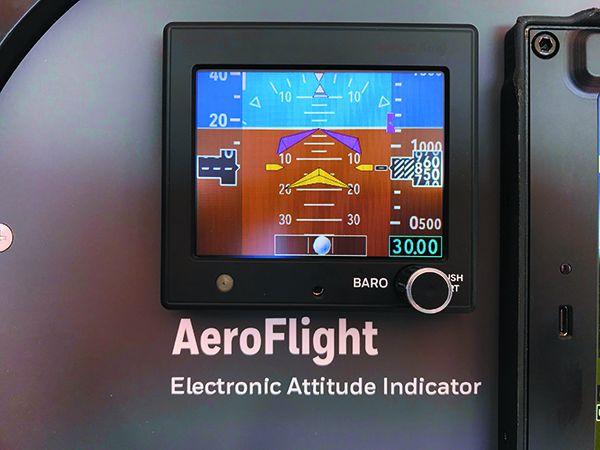BENDIXKING EMERGENCY AD
I wanted to write to let you know that the folks at BendixKing are doing their best to help customers trapped by the recent FAA’s Emergency Airworthiness Directive (2020-18-51) against the Sandia/BendixKing KI 300 retrofit EFIS. My experience with a KI 300 and the autopilot adapter (KI 310) installed in our Mooney M20J was flawless, so I was surprised by the Emergency AD.
Depot Avionics in Alamosa, Colorado, contacted BendixKing to ask for help in finding a solution, since my autopilot was disabled without the KI 300 input.
But because my mechanic had already removed the vacuum pump (it’s not required per the STC), the company offered to refund the cost of the KI 300/KI 310, including the installation cost. Depot Avionics was then able to replace the BendixKing system with a Garmin GI 275 retrofit EFIS (interfaced to the existing autopilot) at no additional cost to me.
Although I don’t know if this is a general policy, but both Bendix-
King and Depot Avionics went out of the way with exceptional customer service.
Paul Lisowski – via email
We like hearing about good customer service and owner satisfaction. This isn’t the first time we’ve heard of Bendix-
King stepping up when a product fails to deliver.
While these good deeds of customer service show favorably on the Bendix-King brand, they also landed more customers for Garmin.
SELF-INSURING RISKS
Good article on the issue of self-insurance in the December 2020 Aviation Consumer. I suspect that due to the changing availability of insurance—age, more than cost—is going to be an influence. One thing you don’t mention is that the million-dollar liability so many of us have wouldn’t cover the worst cases.
My nightmare scenario is an engine failure on takeoff at the airport where I have an airplane hangared. There’s no good place to ditch, and there are nothing but apartments straight ahead.
One thing that would help is if AOPA or another alphabet made a list of really strong law firms with aviation knowledge and experience. Leaving that list for the dependents “just in case” could be a game changer. Even better would be one or more of those firms on retainer for members.
Ernie Bettencourt – via email
The $1 million coverage takes care of the vast majority of risks, although more and more owners are going with $2 million.
The nightmare risk is something that no insurance covers, such as the example given. Those risks are reduced by deciding whether to fly into airports that are situated where an engine failure shortly after takeoff leaves no out. That is something that each pilot has to decide as PIC—how much insurance do I need to feel comfortable to make the types of flights I want to make and carry the types of passengers I want to carry?
The good news is that it would take a bit of digging to find a general aviation accident in which several people were killed on the ground. The last that comes to mind is the 1972 crash of an F-86 into an ice cream parlor built directly off the end of a runway in Sacramento, California, in which something like 22 people were killed.
HEARING AIDS FOR PILOTS
Have you done any research on hearing aids for the cockpit? I am at that age where I need them and I would like some guidance on what to look for when planning to fly with them.
Tom Folk – via email
We’re knee deep in the research for a report in an upcoming issue of Aviation Consumer, but in the interim, if anyone has experience flying with hearing aids, please reach out to us.


